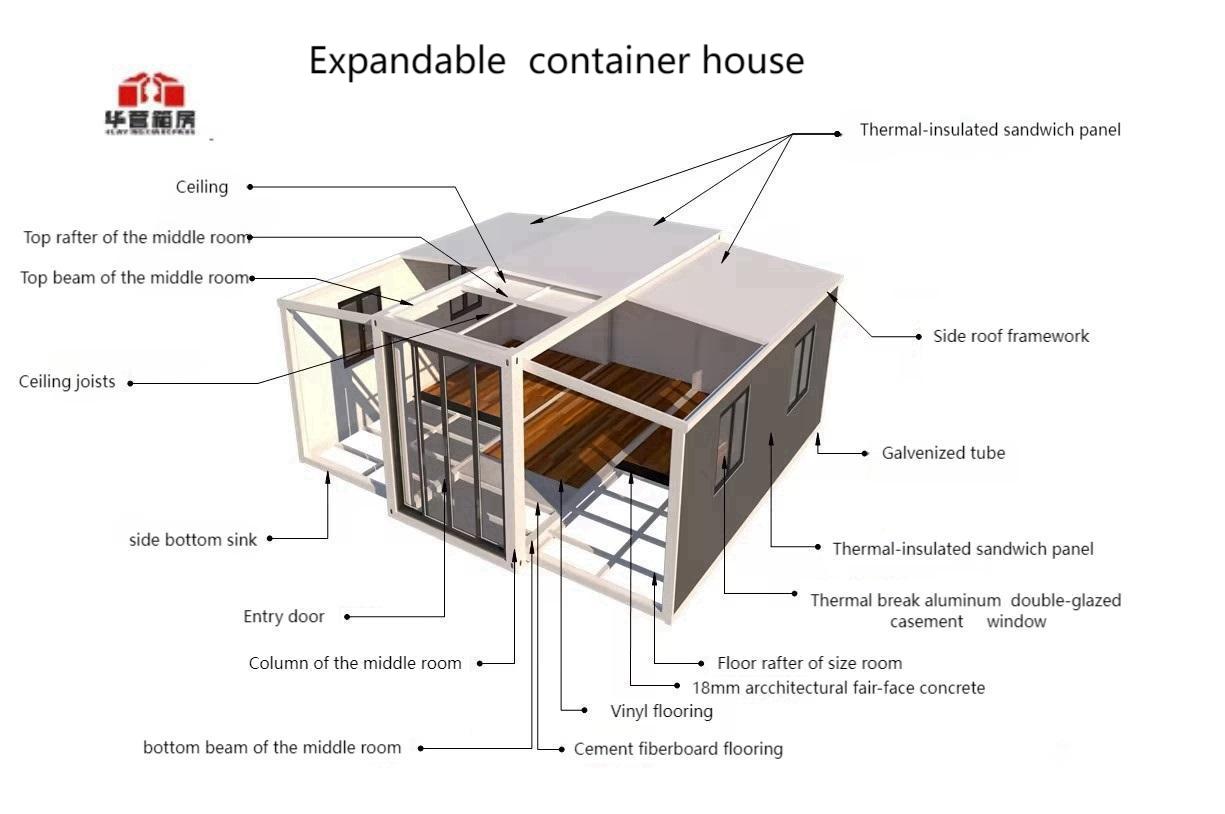Shipping containers revolutionize global trade and construction with their durability, versatility, and cost-effectiveness. Explore their innovative applications, structural benefits, and installation ease in this comprehensive guide.
When you think of global trade, what’s the first image that comes to mind? For most, it’s the iconic shipping container—those sturdy, corrugated steel boxes stacked high on cargo ships. But these rectangular marvels aren’t just for transporting goods anymore. From pop-up cafes to eco-friendly homes, shipping containers have evolved into versatile building blocks reshaping industries worldwide. Let’s dive into why these humble containers deserve the spotlight.
A Brief History: From Chaos to Standardization
Before the 1950s, global shipping was a logistical nightmare. Cargo was loaded and unloaded piece by piece, leading to delays, damage, and astronomical costs. Enter Malcolm McLean, a trucking entrepreneur who revolutionized the industry by introducing standardized containers in 1956. His vision? A universal box that could seamlessly transfer between ships, trains, and trucks. Today, over 90% of non-bulk cargo travels in containers, proving McLean’s genius. These containers—typically 20 or 40 feet long—are built to withstand harsh ocean conditions, making them incredibly durable.
Why Shipping Containers Dominate Logistics
What makes these containers so indispensable? First, their standardized dimensions (ISO-certified) ensure compatibility across global transport networks. Second, their robust construction—using corrosion-resistant Corten steel—protects cargo from extreme weather, theft, and pests. Third, they’re stackable and modular, maximizing space on ships and in warehouses. For businesses, this translates to lower shipping costs, reduced handling time, and fewer damaged goods. It’s no wonder the global container fleet exceeds 50 million units!
Beyond Shipping: Innovative Applications
Shipping containers have broken free from the docks. Architects and entrepreneurs now repurpose them into:
– Affordable Housing: Stackable, modular homes built in weeks, not months.
– Retail Spaces: Pop-up shops and cafes that can relocate with market trends.
– Emergency Shelters: Rapidly deployable units for disaster relief.
– Offices and Studios: Creative, cost-effective workspaces.
The key? Their structural integrity and adaptability. With minor modifications, a container becomes a blank canvas for innovation.
Game-Changing Designs: The Double-Wing Structure
Recent advancements take container functionality to the next level. Consider the double-wing structure—a design that maximizes space efficiency and simplifies installation. Unlike traditional containers, this model features foldable side walls that expand horizontally, creating up to double the usable area. Perfect for events, storage, or temporary offices, it combines portability with spacious interiors. Check out this structural diagram:

Installation is a breeze too. Watch how effortlessly this container deploys in real-time:
Your browser does not support the video tag.
Key Benefits You Can’t Ignore
Why choose shipping containers for your next project? Here’s the breakdown:
– Cost-Effective: Up to 30% cheaper than traditional construction.
– Eco-Friendly: Repurposing containers reduces steel waste and carbon footprint.
– Speed: Units can be delivered and installed in days.
– Mobility: Relocate entire structures without demolition.
– Durability: Withstand hurricanes, earthquakes, and decades of use.
Whether you’re a business owner or a DIY enthusiast, these advantages are hard to beat.
Challenges and Considerations
While containers offer incredible potential, they’re not without hurdles. Insulation is critical—steel conducts heat, so proper climate control is essential for habitable spaces. Zoning laws and building permits can also complicate projects, especially in urban areas. And while DIY modifications are tempting, structural integrity must be preserved. Always consult professionals before cutting or welding. With careful planning, these challenges are easily surmountable.
The Future of Containers: Smart and Sustainable
The next wave of container innovation is here. Think smart containers with IoT sensors tracking location, temperature, and humidity in real-time. Or solar-powered units with green roofs for off-grid living. As sustainability takes center stage, containers will play a pivotal role in circular economies—reducing waste while meeting global housing and infrastructure demands. The possibilities are as vast as the oceans they once crossed.
Conclusion: More Than Just a Box
Shipping containers are far more than metal boxes—they’re symbols of human ingenuity. From revolutionizing supply chains to enabling creative architecture, they prove that simplicity and strength can drive progress. Whether you’re shipping goods or building dreams, containers offer unmatched versatility. So next time you see one, remember: it’s not just cargo. It’s opportunity on wheels.
